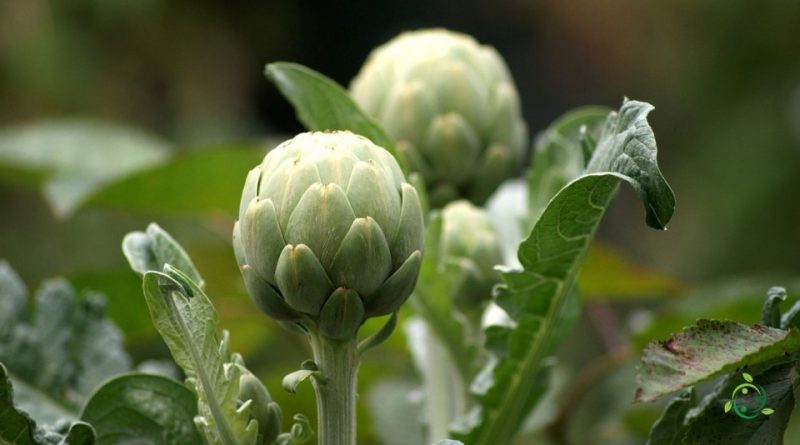How to intercrop the artichoke
How to intercrop the artichoke
The artichoke (Cynara cardunculus var. scolymus L.Hayek) is a plant of the Asteraceae family, cultivated in Italy and other countries for food and, secondarily, medicinal use.
Its cultivation occurs mainly in temperate climates as it is a plant that does not tolerate frost.
The artichoke is a plant normally grown in specialized crops but which can benefit considerably from intercropping. In particular, it benefits from cultivation with certain plants such as: cabbage, lettuce, peas, beans and leeks, and can also be planted after any vegetable, except after another artichoke patch.
The artichoke can be intercropped with several plants that offer mutual benefits in a garden or vegetable patch.
Among these associations we remember:
Artichoke and Cabbage: Artichoke can be beneficial near cabbage, as it helps repel cabbage white butterflies, a common pest of cabbage. Furthermore, the artichoke tends to grow vertically, while the cabbage expands laterally, thus taking advantage of the space available in the garden.
Artichoke and lettuce: There are no particular benefits or disadvantages known in intercropping artichokes and lettuce. However, since the artichoke is a perennial and lettuce is grown annually, it is important to plant the lettuce in a way that does not obstruct the artichoke’s growth in the long term.
Artichoke and peas: There are no particularly positive or negative effects in the intercropping of artichoke and peas. However, peas can help fix nitrogen in the soil, which can be beneficial to surrounding plants, including the artichoke.
Artichoke and beans: Again, there are no known effects to suggest significant benefits or disadvantages. Beans, like peas, are legumes that can help improve soil fertility through nitrogen fixation.
Artichoke and leeks: There is no specific information on intercropping artichokes and leeks, but generally there are no known conflicts between these two plants. However, you should avoid planting leeks too close to the artichoke so as not to compromise its development.
Among the other plants that can be associated with the artichoke we also remember:
Tomatoes: They can help protect artichokes from harmful insects and improve their growth.
Basil: Basil can help repel insects and can also improve the flavor of artichokes when grown together.
Celery: Can provide shade and wind protection for artichokes.
In general, it is important to choose plants that do not compete with artichokes for the same nutrients and resources, but instead offer complementary benefits such as insect protection, soil improvement or shade.

